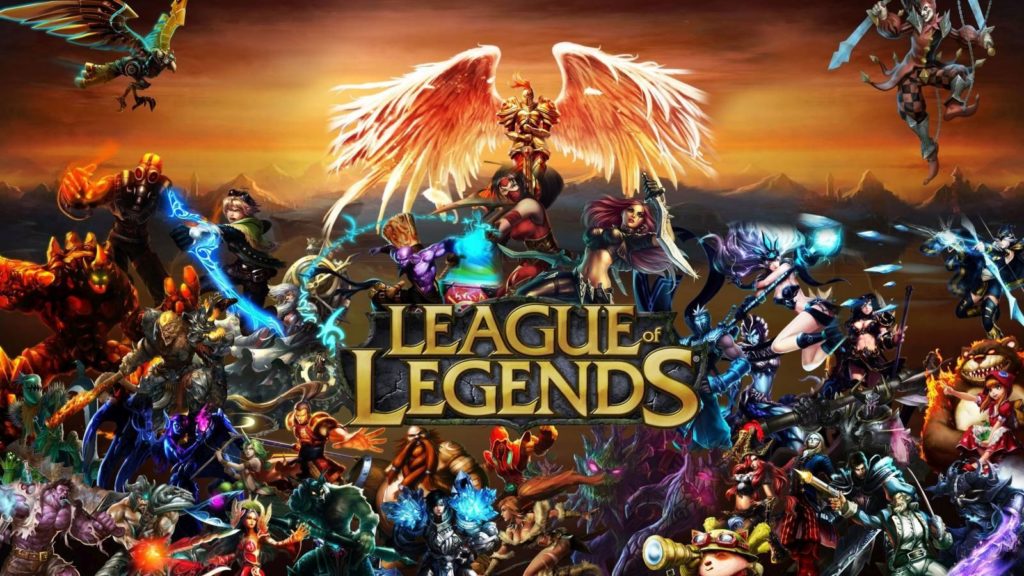The news out of South Korea is shocking: League of Legends is no longer the most popular game at internet cafes—a position it’s held for 46 months in a row. This news comes from Gametrics, a website that tracks what people are playing at more than 4,000 Internet cafes in Korea, as reported by Polygon. Activision Blizzard’s Overwatch was the game of choice for more than 30 percent of the players, as compared to League of Legends at 27 percent.
That’s not entirely unexpected, since the rapid success of Overwatch created an audience of more than 10 million players in less than a month. Still, it’s an impressive feat for a game that’s retailing for $60 competing against a game that is free-to-play and has been enormously popular for years. What lies ahead for these games? That’s not clear, but we can note how these games define the limits of marketing for today’s games.
League of Legends has had an extraordinary run, growing into a behemoth that now provides somewhere in the vicinity of $2 billion per year in revenue and is considered one of the top eSports games in the world. Back in January of 2014, 67 million people played the game every month, and the number has certainly grown since then. What’s more, Riot Games has accomplished all of this without spending any significant amount on traditional marketing and benefited from tremendous word-of-mouth popularity.
Let’s assume for the moment that the news about Overwatch becoming more popular than League of Legends is more than just a momentary blip. It may represent that the game has reached, or is near, its peak audience. Certainly, at some point, League of Legends will truly hit its peak audience, where the influx of new players is more-or-less balanced by the loss of existing players who leave the game. What should Riot Games do in such a circumstance?
When sales have slowed, marketing is usually the first resort. Get out there, spend some money, place some ads, do something creative, and sell more widgets. However, here is where the free-to-play model shows the limits of marketing. When you have a widget that’s priced up front, like a $60 game, marketing’s usual responsibility is to get the largest possible number of people to buy that widget for the least investment in marketing, looking for the sweet spot of maximum profitability. With a free-to-play game, the publisher makes nothing when the game is downloaded and played. In fact, there are server costs involved to the publisher. Only after the game has been played for some time, and the player has become engaged in the game, will there be a possibility of revenue when the player opts to purchase some in-game assets. This point usually isn’t reached for weeks, sometimes months, and the lifetime value of an engaged customer could be spread over years. In the case of League of Legends, truly engaged players have spent hundreds of dollars on the game over time.
That revenue has nothing to do with marketing, and marketing can’t affect how players feel about a game over the long term. That’s entirely up to the game itself. Sure, marketing might help sales of particular items a bit, or raise the average revenue per paying customer, but long-term engagement with a game is going to rest solely with the development team. If the free-to-play game’s not sufficiently fun, players won’t stick around long enough to spend money.
Free-to-play games can certainly benefit from marketing efforts in the early and middle stages, where you want to create awareness of the game among the maximum addressable audience. When you’ve reached the heights that League of Legends has, marketing loses its motive power, like an aircraft reaching its maximum altitude. Open the throttle as much as you want; you still can’t climb higher.
Marketing can (and should) help determine if you’ve reached the maximum addressable audience, or how many more players it’s possible to acquire. Eventually, if you are extraordinarily successful, your game will reach its audience limits. At that point game development has to take over. Are there changes that can be made to the game to expand the audience without losing the current audience? Perhaps “changes” can be presented in spin-off games that use the same background or some of the same characters. Such new games could be designed to overcome the barriers you feel the game has to reach a broader audience (such as complexity). Blizzard has had great success with using old characters and settings to launch new games such as Hearthstone and Heroes of the Storm.
We already know that Riot Games is working on at least one new game, though whether it will have any connection with League of Legends is unknown. A good model might be what Supercell has done: produced very few games, but all of them very successful (and one, Clash Royale, based on the IP of its most successful game, Clash of Clans). Marketing can help by providing information about the potential audience for game concepts so that Riot management can choose which ideas to pursue.
While marketing should certainly try to push League of Legends to an even larger audience size, it’s important to understand the limits of marketing.

